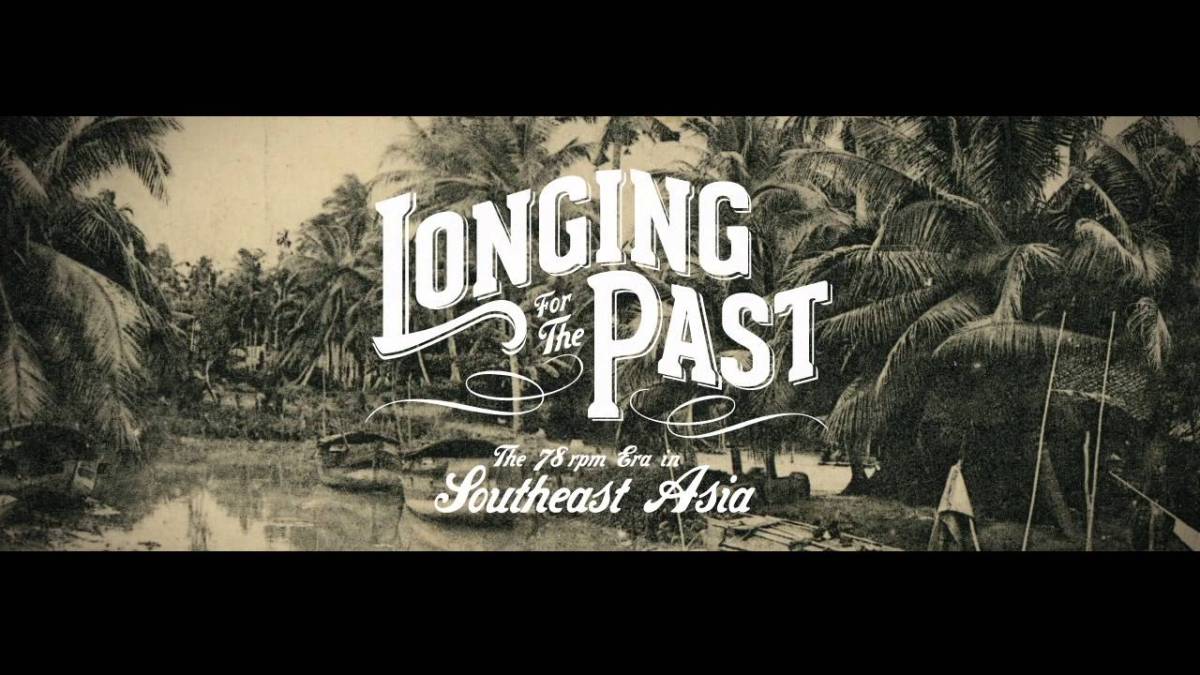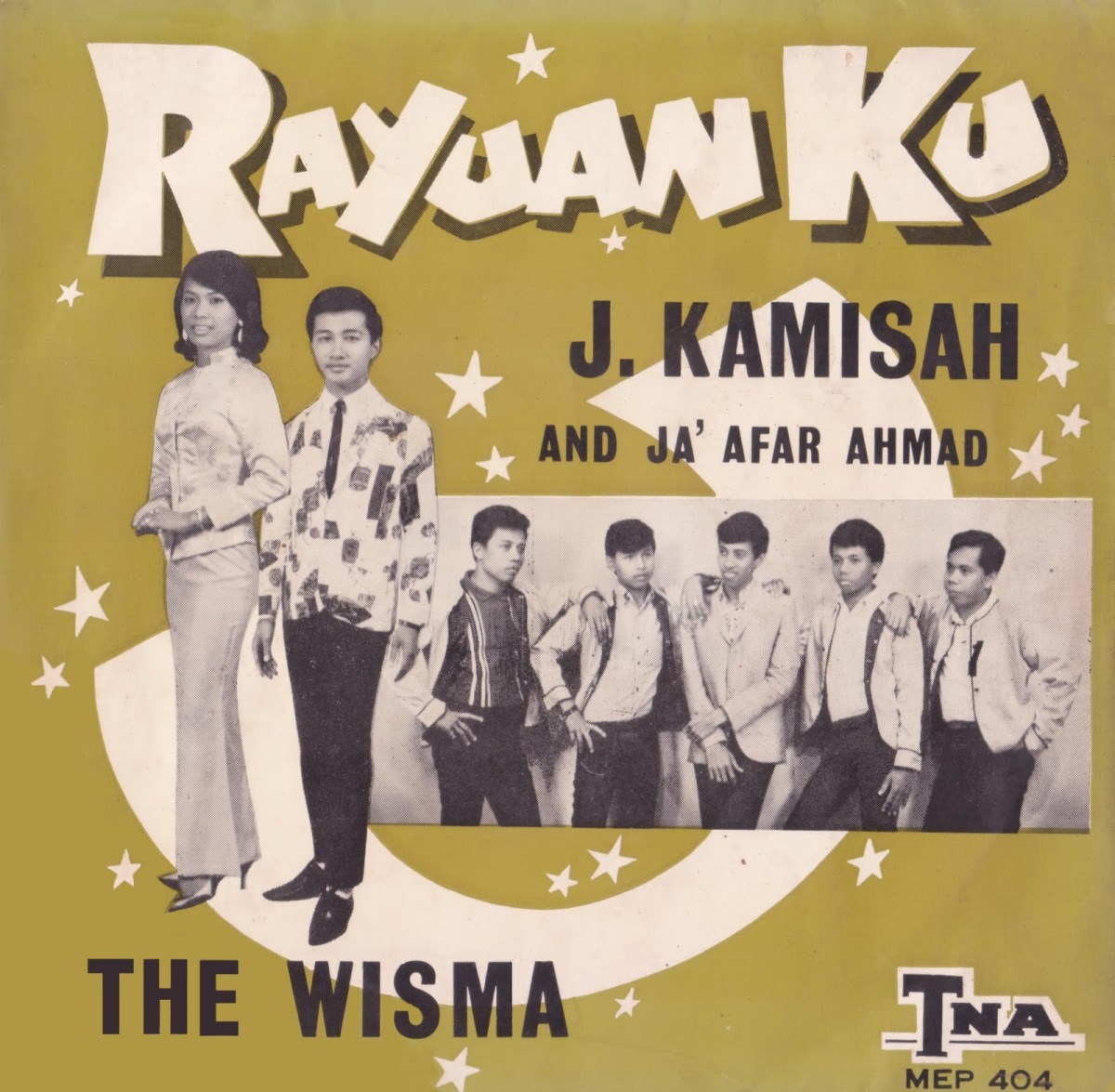One topic that has received very little attention by historians is twentieth-century Southeast Asian popular culture, especially popular culture in the 1950s-1980s. There is a new publication, however, that seeks to at least partially remedy this situation by providing an overview of popular music in Southeast Asia in the twentieth century.
The book is called Popular Music in Southeast Asia: Banal Beats, Muted Histories (Amsterdam: Amsterdam University Press, 2017) and was written by Bart Barendregt, Peter Keppy and Henk Schulte Nordholt. Further, there is an open access version of the book that is free to download and read.

Now that I have some readers excited, let me backtrack a bit. First of all, the book is not really about all of “Southeast Asia.” Instead, it focuses on Malaya/Malaysia, Singapore and the Netherlands East Indies/Indonesia, with some discussion of the Philippines and some mention of Thailand and Cambodia.
Still, to have a history of popular music in those areas that covers the entire twentieth century is fantastic!
Second, there are no footnotes and the “Selected Bibliography” only list existing studies, which this book clearly went far beyond, however the author’s do not indicate where they got their information.
Still, to have a history of popular music in those areas that covers the entire twentieth century is fantastic!!
And in mapping out that history, these authors have made it much easier for subsequent scholars to research individual time periods or performers even if they didn’t provide citations to lead the way.

The book contains the following four main chapters:
Chapter 1: Oriental Foxtrots and Phonographic Noise, 1910s-1940s
Chapter 2: Jeans, Rock, and Electric Guitars, 1950s-mid-1960s
Chapter 3: The Ethnic Modern, 1970s-1990s
Chapter 4: Doing it Digital, 1990s-2000s
In these chapters the authors deftly interweave information about new technologies, as well as social and political changes, in their discussion of the music from each period.

A few years ago there was a wonderful cd box set and book that came out called Longing for the Past: The 78 rpm Era in Southeast Asia that featured music from the early twentieth century. That book went deeper into a discussion of what exactly defined different genres of music in Southeast Asia at that time than Popular Music in Southeast Asia does, but that is not the aim of this book.
Instead, Popular Music in Southeast Asia relates different types of popular music to the socio-political settings in which they emerged, and in the process we readers are able to see modern Southeast Asian history from a new perspective.

Finally, the three authors did not research this book on their own. Instead, this book is the result of a three-year research project that also involved the participation of graduate students, visiting scholars, and scholars who participated in some workshops.
This is a model for producing new scholarship that is increasingly popular in Europe and I wish North American scholars would do the same as there are some topics that can only be addressed through the collective effort of multiple individuals.
The history of popular music in twentieth century Southeast Asia is one such topic.
Congratulations to everyone involved in this project! While there is obviously much more research that can be done on this topic, Popular Music in Southeast Asia: Banal Beats, Muted Histories is a fantastic contribution in its effort to create an overall picture of popular music in at least part of Southeast Asia over the entire twentieth century!!


This Post Has 3 Comments
It is important to have accessible scholarship about this — the population of Southeast Asia matches the population of Europe in size, yet few know anything about what kind of music ordinary people listen to. There is a lot of good material in the book. I especially liked the passages about the influence of Filipino musicians across the region — that is a very understudied topic. I wish the bibliography had given some idea where this information came from.
This book was really about the region that Yampolsky labelled during the colonial era as IMS – the (Dutch East) Indies, the Malay (States), and the Straits (Settlements), I guess today IMS could be Indonesia, Malaysia and SIngapore. It was interesting to see some parallels with Vietnam (early popular recordings coming out of traditional theater), the influence of the Shadows and the Ventures, songs of nostalgia for home.
A major criticism I have is the word “banal” in the title. This is a value judgment — presumably from the authors and contributors — but I didn’t see any basis or justification for this judgment. If the authors view this music — music that appeals to millions of people and was probably created with great sincerity — as banal, then that reflects their own shortcomings. It comes from an attitude of superiority, a belief that there is a higher cosmopolitan culture that this music does not match in prestige and sophistication.
Yes, I get your point. I don’t remember them even talking about why the book is titled that way. I’ll check though.
Yes, the Filipino connection is really interesting. I’ve stumbled across other references to that (I think in relation to Hong Kong), that’s a book waiting to be researched and written.
Similar to the Filipino influence is the Hawaiian influence!! That’s another monograph waiting to be research and written.
As you know, newspapers are one important source, and Singapore has digitized a lot: http://eresources.nlb.gov.sg/newspapers/
So for something like Hawaiian music, you can use that source to start to map out a history, and then (if one has the linguistic ability), one could look at newspapers from around the same time from the Dutch East Indies and other places, as there were groups that toured the region, like the Hawaiian Troubadours.
My guess is that these authors and the other people who contributed did look through a lot of newspapers. For the later material, a lot of that could come from simply asking people who remember.
I think it’s important to source information for no other reason than to leave a trail of breadcrumbs for future researchers.